5 Ultracontemporary Artists Redefining the Korean Art Landscape
The dynamic South Korean art scene is quickly becoming one of the most prominent globally, blending rich traditions with cutting-edge innovation. And...
Carlotta Mazzoli 13 January 2025
A great example of resilience and coherence, Veronica Ryan is the latest winner of the Turner Prize, an annual prize awarded to British contemporary artists for outstanding work in the preceding year. Known for casting and re-constructing found and organic forms since the 1970s, Ryan’s process results in sensuous sculptural works.
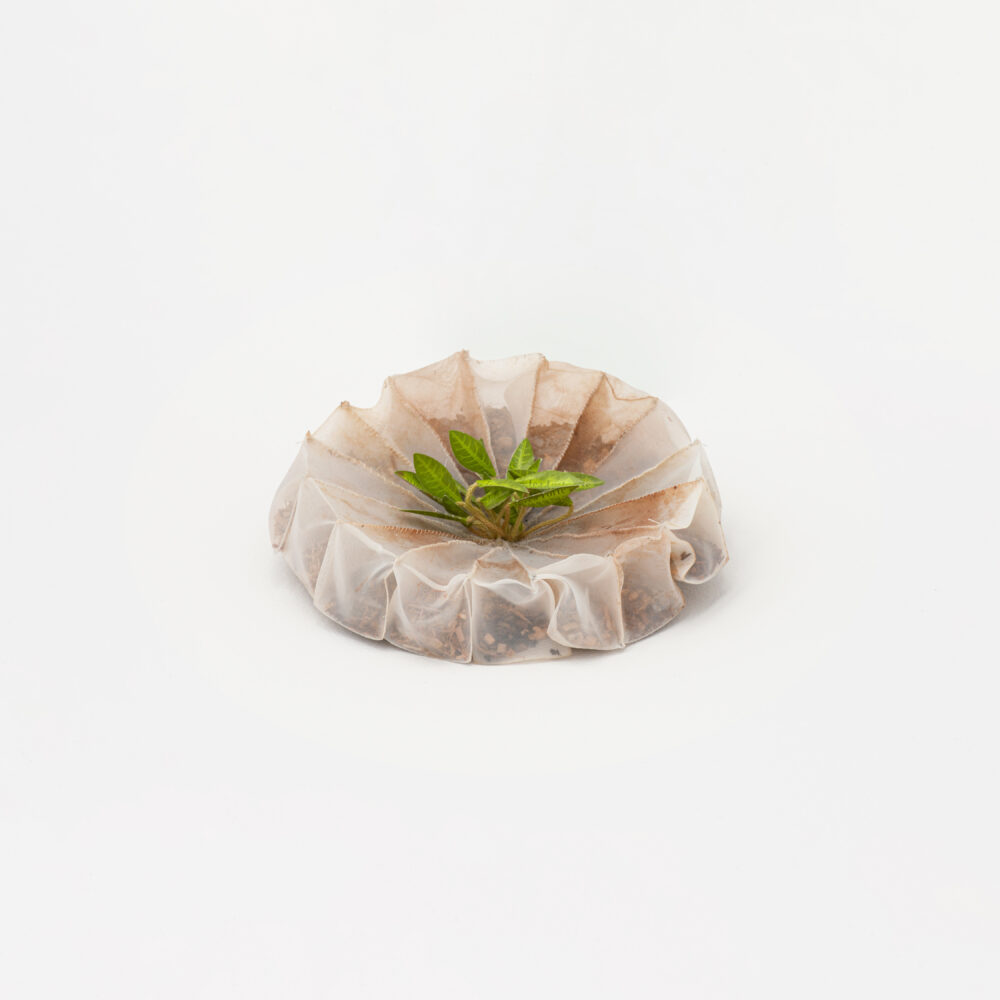
Veronica Ryan, Multiple Conversations XXIV, 2020. Alison Jacques.
It is biased to believe that a successful career is one that starts early and also gets early recognition. Yet, Veronica Ryan just proved to us that success has nothing to do with quickly achieving stardom and more to do with being true to oneself. With a career spanning over 40 years, Ryan is not exactly an emerging artist. However, her name was not among the most prominent ones in the art world until recently. Now, winning the 2022 Turner Prize finally gave her the recognition she deserves.
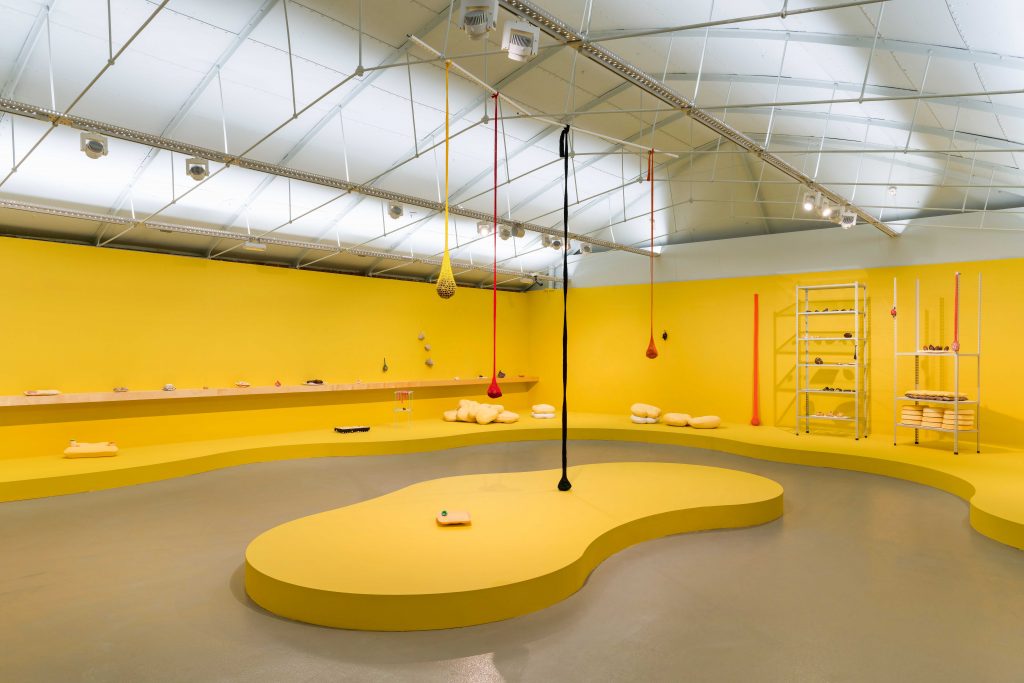
Born in 1956 in Montserrat, a British Overseas Territory in the Caribbean, Ryan moved to London with her family as a child. Part of the so-called Windrush generation, Ryan and her family settled in the UK, where the artist attended the Hertfordshire College of Art and Design, Bath Academy of Art, Slade School of Fine Art, University College London, and the School for Oriental and African Studies. After winning a Boise Travelling Scholarship from Slade in 1980, which brought her to Nigeria, she started exhibiting her works in the mid-1980s. At that time she took part in exhibitions such as Black Women Artists (1983, The Africa Centre, London, UK), The Thin Black Line (1985, Institute of Contemporary Art, London, UK), and From Two Worlds (1986, Whitechapel Art Gallery, London, UK).
Not political enough to be fully part of the British Black Arts Movement, and not young enough to be part of the Young British Artists group, Ryan found herself in limbo. In a recent interview with The Guardian, the artist recalls:
There was a whole period when people wouldn’t show my work and wouldn’t even reply when I sent them images.
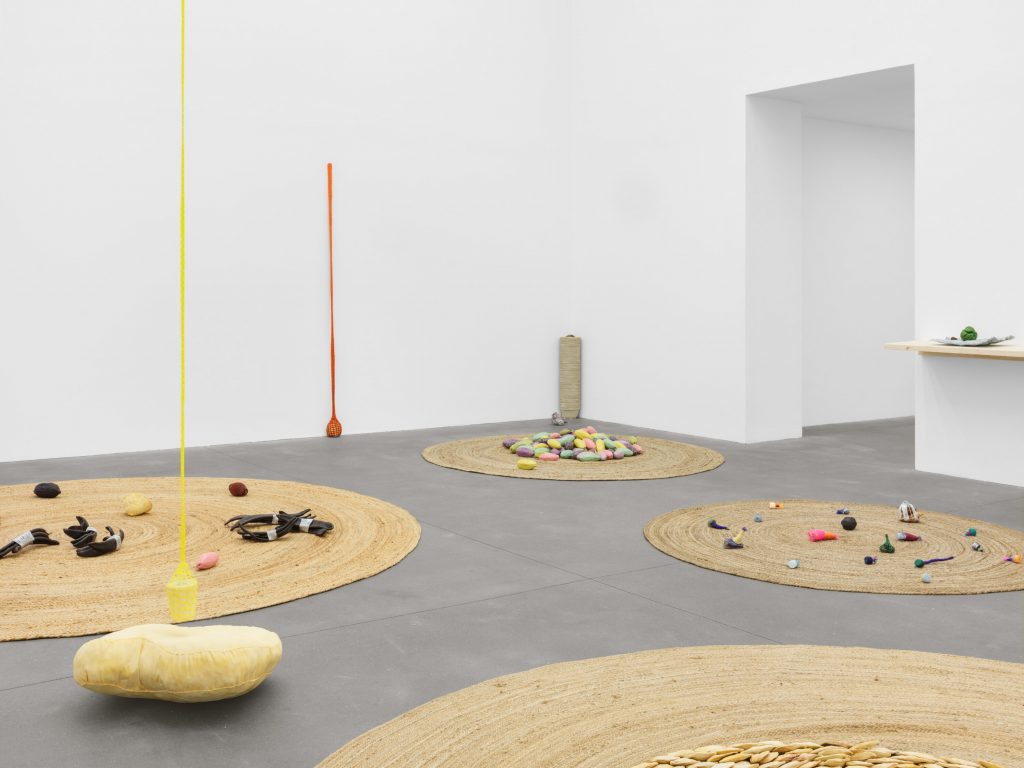
Veronica Ryan, exhibition view at Alison Jacques Gallery, 2022, London, UK. Photo courtesy of Alison Jacques Gallery.
Yet, despite her outcast position in the art world, the artist never changed in an attempt to fit in. Her work largely derives from her personal experiences and her family history. Furthermore, Ryan still focuses on a set of themes that have been central to her practice for years. From issues of history, dislocation, and belonging to the psychology and semantics of perception, or concepts of place, home, memory, and loss, Ryan’s work is as cohesive as it is layered in its use of materials and references.
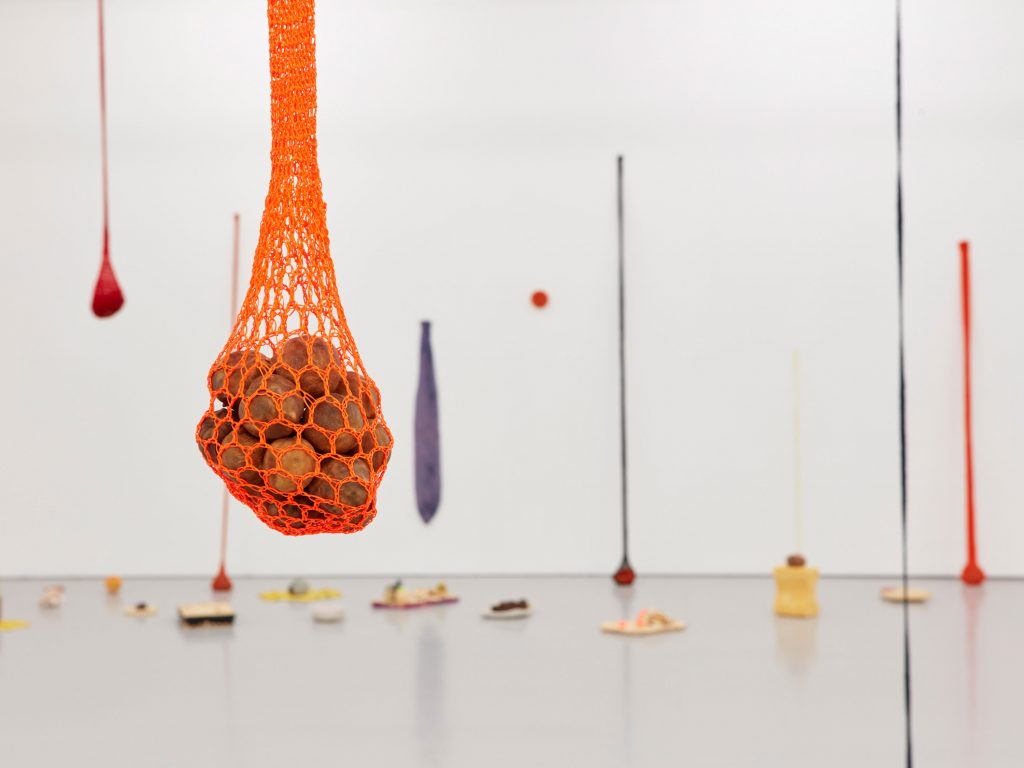
Veronica Ryan, Along a Spectrum, 2021, installation view, Spike Island, Bristol. Commissioned by Spike Island, Bristol and supported by Freelands Foundation. Photo by Max McClure. Copyright Veronica Ryan. Courtesy Spike Island, Bristol, Paula Cooper Gallery, New York, and Alison Jacques, London.
In fact, Ryan’s work primarily relies on the collection and repurposing of materials, elements, and ideas. This practice allows her to combine references and explore paradoxes. Much like her career, her production is the result of multiple experiences and, drawing upon her Afro-Caribbean heritage and upbringing in the UK, it comprises elements and materials that the artist herself gathers, creates, or transforms. There are various sources for the artist’s use of repurposed materials. First of all, Ryan often refers to her mother, her family history, and how, growing up, they would reuse textiles and other elements. However, there are other experiences coinciding in her practice. Among the most notable ones is her trip to Nigeria, which Ryan first visited in 1980 thanks to the Slade scholarship. There the artist developed an interest in reusing everyday consumables, including food and waste materials, to create fetishes and ex-voto.
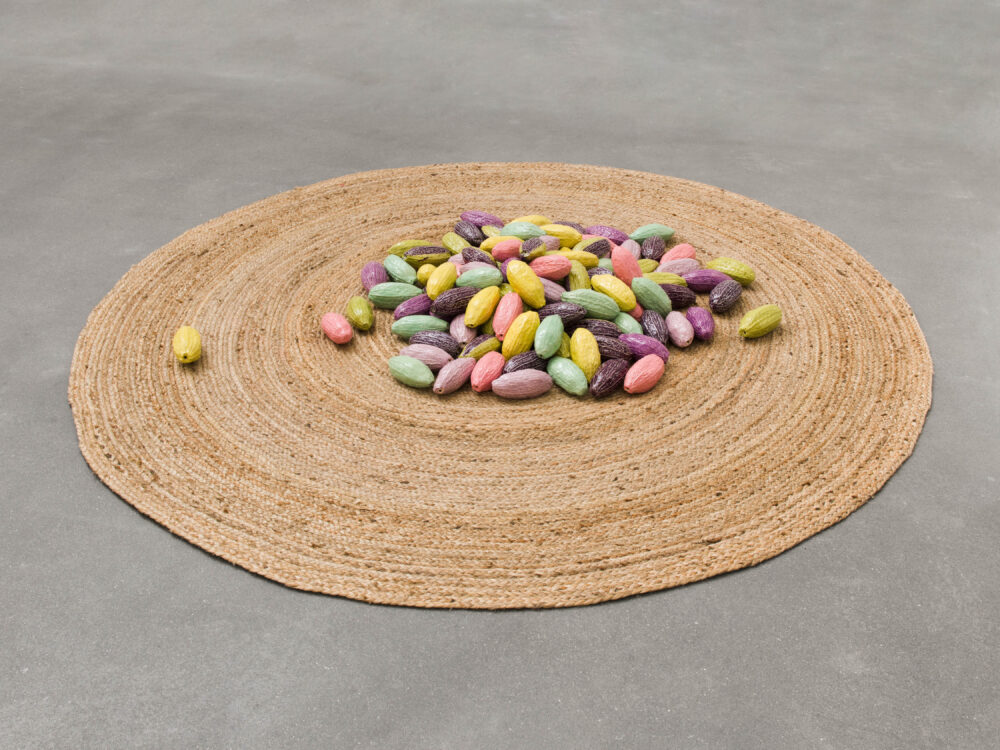
Veronica Ryan, Sweet Dreams are Made of These, 2022. Alison Jacques.
Mixing materials and ideas, concepts and techniques, the Ryan creates works that can be read from different points of view. Her pieces are rarely obscure, yet they comprise different readings and can convey multiple messages. There is usually a simple interpretation that first comes to mind when encountering her work, be it related to race, migration, family, and so on. However, there are always hidden messages and references that the artist often hides in plain sight. Her work has an almost familiar quality. There is a lot of crochet and mending, sticking and stacking, as well as the use of common elements, such as herbs, seeds, peels, and crates. Perhaps, it is this familiar quality that makes Ryan’s work so appealing but also so easily disregarded.
With sculpture being her preferred medium of choice, Ryan works on smaller and larger assemblages and has recently tackled public art too. In 2021, she presented three large-scale sculptures in London as part of a Windrush Generation memorial. Commissioned by the Hackney Council, the three pieces, titled Custard Apple (Annonaceae), Breadfruit (Moraceae), and Soursop (Annonaceae), depict three Caribbean fruits. They are located in the Borough of Hackney, which still hosts a large community of the Windrush generation.
Now, the Turner Prize comes at a time of great recognition for Veronica Ryan. After years in the shadows, in 2021 she presented a major solo exhibition, Along a Spectrum, at Spike Island in Bristol. This was the artist’s largest and most ambitious exhibition in the U.K. to date. Then, in 2022, she was included in the Whitney Biennial before winning the prestigious English prize. The second Black woman to win and the oldest artist to ever receive the Turner Prize, Veronica Ryan is proof that bumps and halts can make a career just as much as prizes and recognition, as long as we stay true to ourselves.
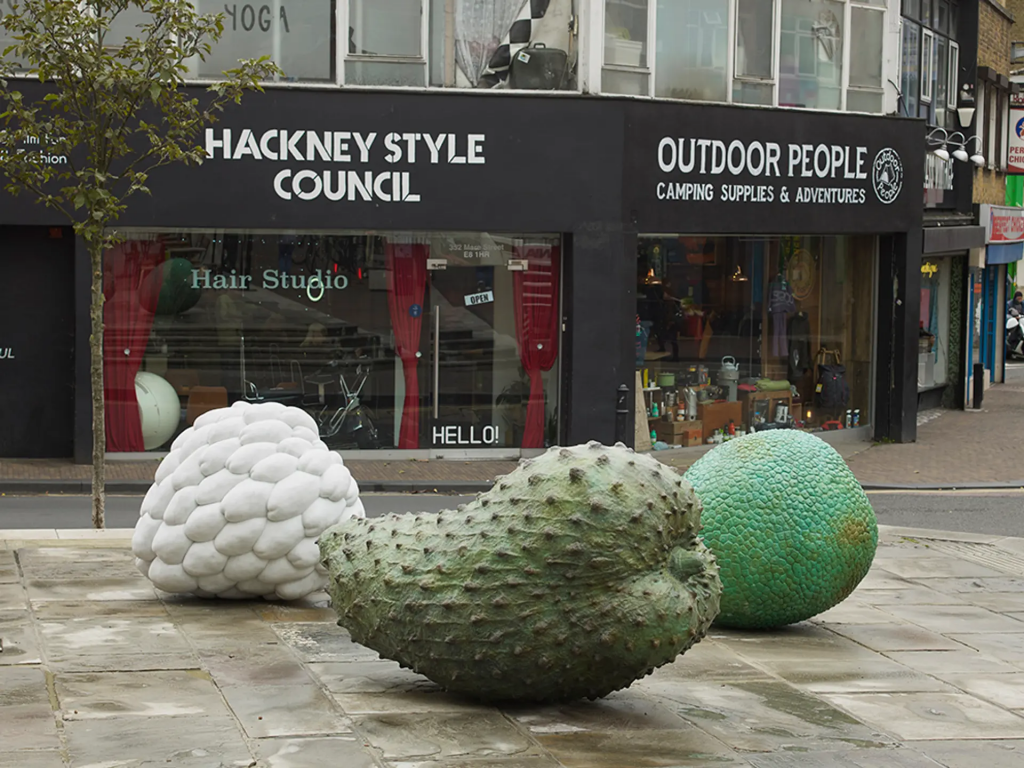
Veronica Ryan OBE, Custard Apple (Annonaceae), Breadfruit (Moraceae), and Soursop (Annonaceae), 2021.
Courtesy the artist, Paula Cooper Gallery and Alison Jacques. Photo by Andy Keate.
DailyArt Magazine needs your support. Every contribution, however big or small, is very valuable for our future. Thanks to it, we will be able to sustain and grow the Magazine. Thank you for your help!